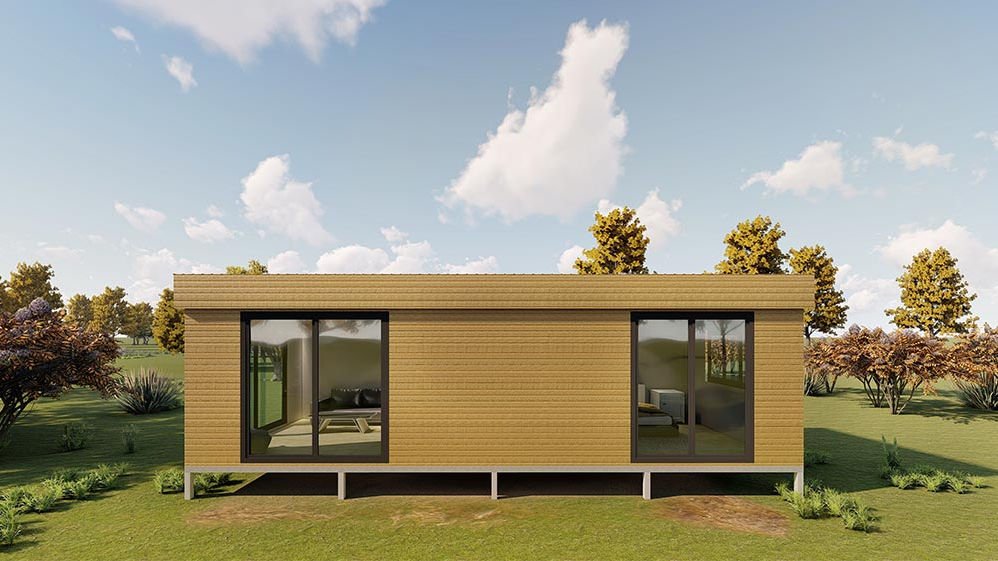In the co-authored research article The Psychology of Home Environments, it’s argued that the drive behind the tiny house movement is centered around desires of modesty and conservation, in addition to environmental consciousness, self-sufficiency, and wanting a life of adventure. Environmental psychologists reason that homes influence people’s emotional state because they “facilitate the social interactions and the power dynamics that are played out in a home”. In building tiny houses, there is often a misalignment between the needs of the occupant(s), and the expressed design from the creating team. This reality is used as a call for architects and design teams to work with psychologists to build tiny homes that are better suited towards the needs of the occupant(s). In understanding these considerations, it is important to note that not everyone is suited for a tiny house.

Smaller homes are less expensive than larger ones in terms of taxes and building, heating, maintenance, and repair costs. The lower cost of living may be advantageous to those 55 and older with little savings. In addition to costing less, small houses may encourage a less cluttered, simpler lifestyle, and reduce ecological impacts for their residents.The typical size of a small home seldom exceeds 500 square feet (46 m2). The typical tiny house on wheels is usually less than 8 by 20 ft (2.4 by 6.1 m), with livable space totaling 120 sq ft (11 m2) or less, for ease of towing and to exempt it from the need for a building permit.



